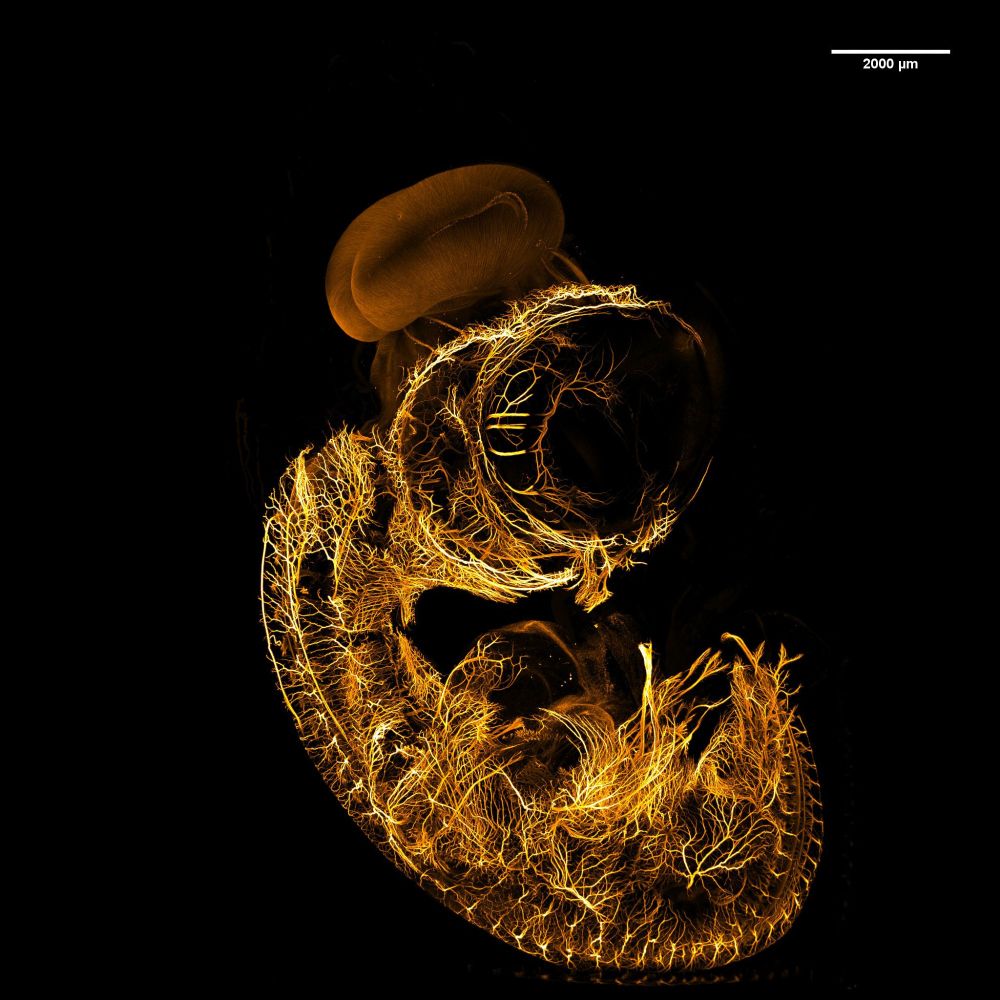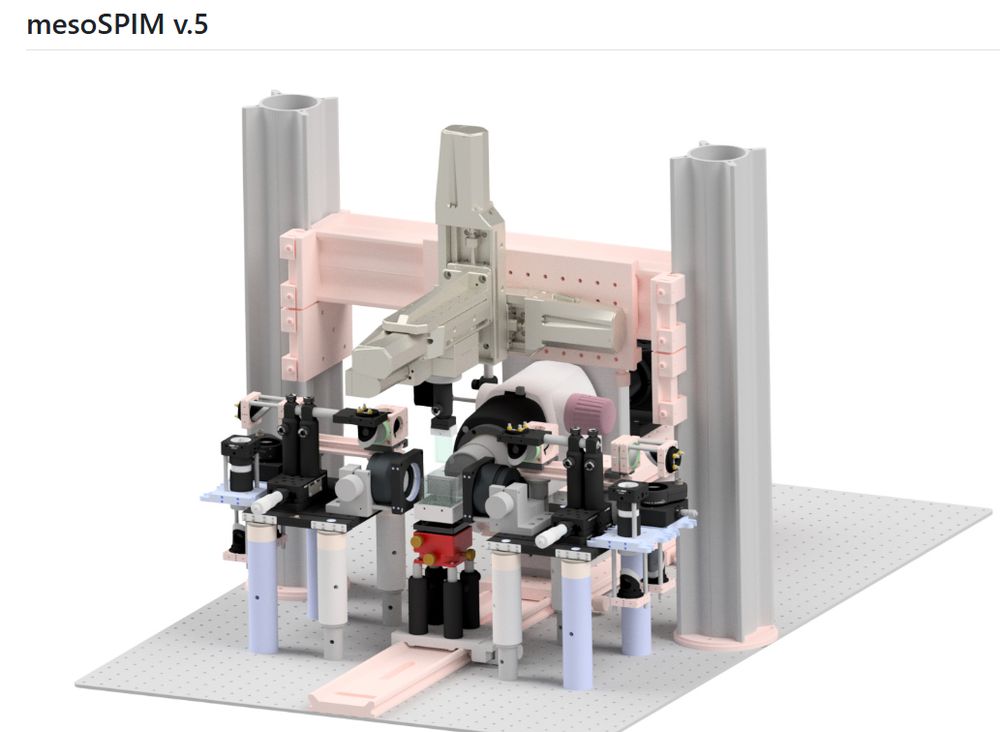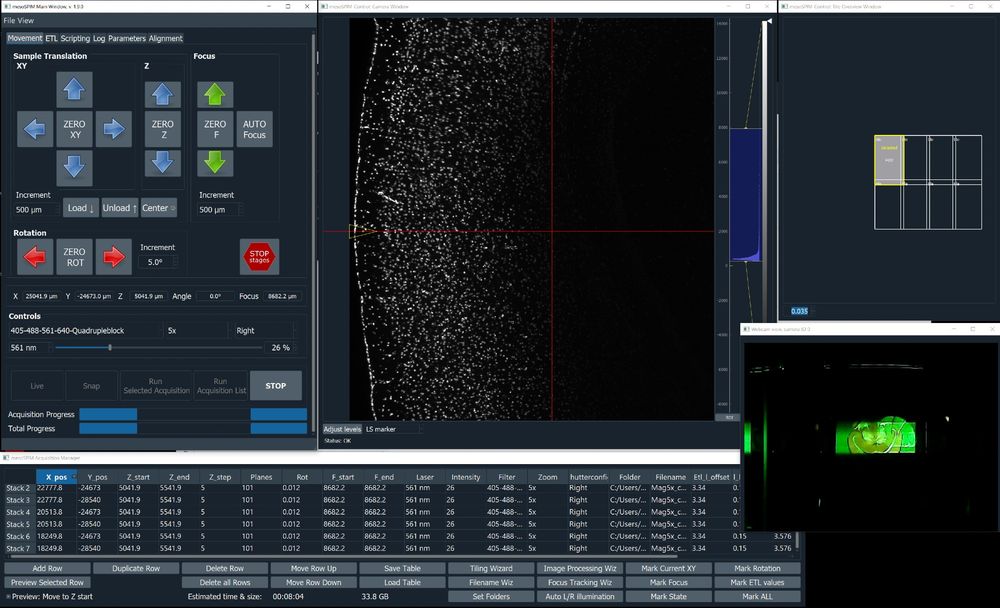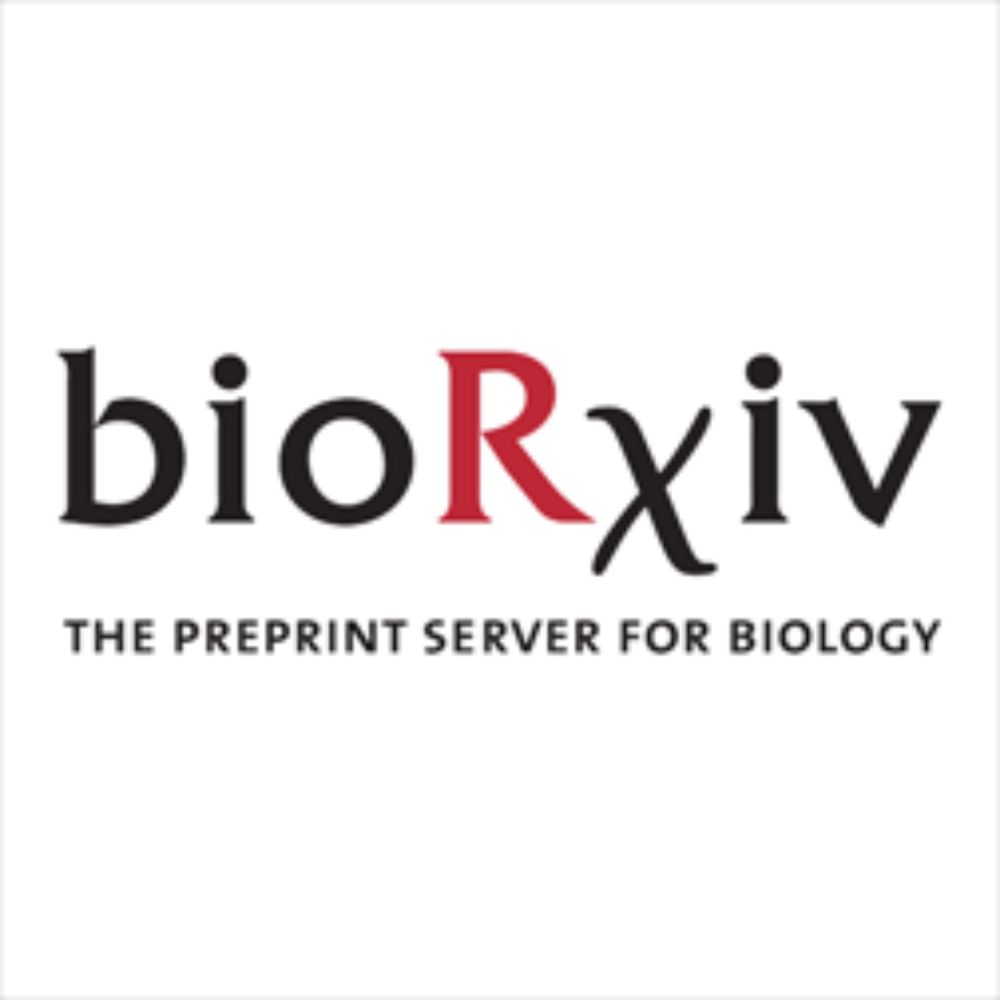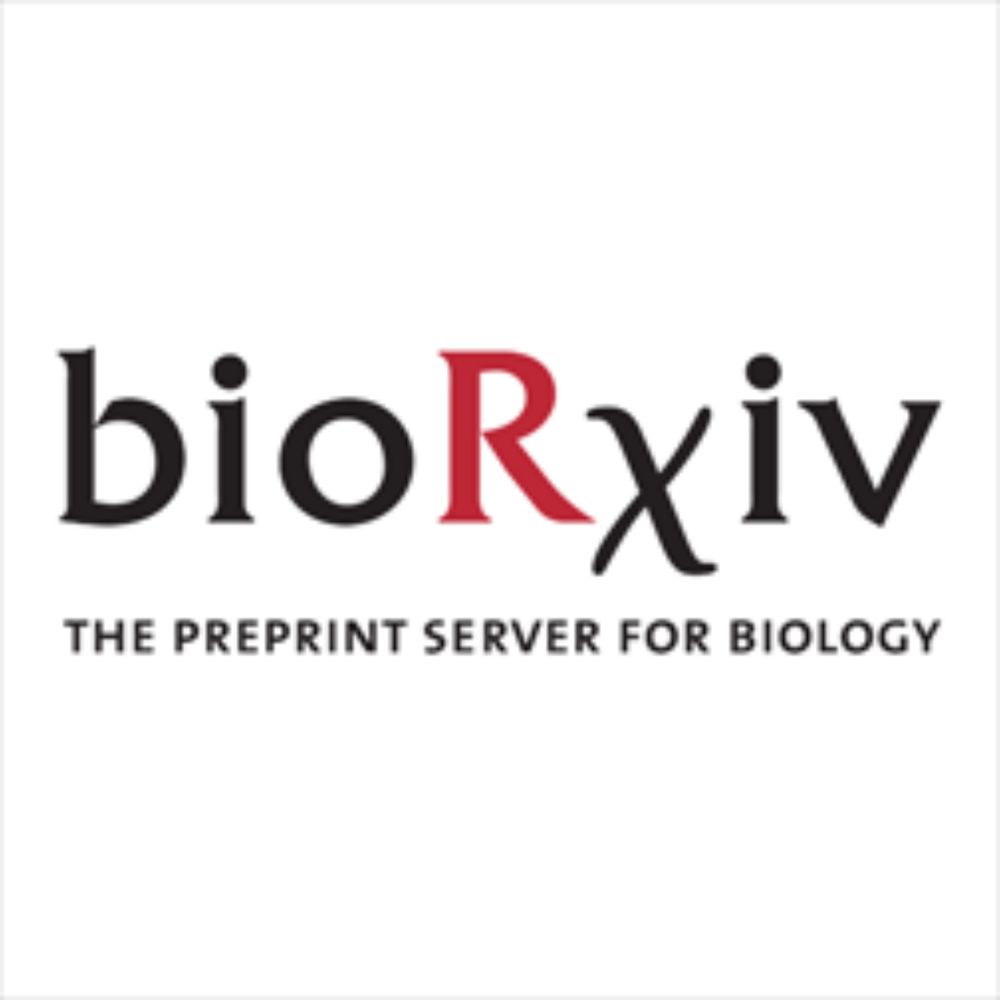Above all, it's a matter of character and choosing to pay it forward, which I wish I would've encountered more often.
Thanks for taking that choice! 🤗💪
I tried to pay it forward wherever I could, and hope my mentees will as well.
09.07.2025 18:35 — 👍 2 🔁 0 💬 0 📌 0
I was lucky to benefit from your supervision: you "only" a PhD student, I a physics undergrad who had never held a pipette.
Yes, if great mentoring was valued more, it wouldn't be as rare - but formal recognition would only become another hacked metric, not good supervision.
09.07.2025 18:35 — 👍 2 🔁 0 💬 1 📌 0
Walz: If you say you love freedom but you don't believe freedom is for everybody, then the thing you love is not freedom, it is privilege.
24.04.2025 00:22 — 👍 80118 🔁 20537 💬 854 📌 1280
Have been very happy with luckycloud for a while now (for private use, so no power user testing), which is running a seafile underneath the hood.
Access either through browser, app, or installed extension for your OS's file explorer.
15.04.2025 07:40 — 👍 2 🔁 0 💬 1 📌 0
One of the reasons why I love poster flash talks.
You already know the face behind the poster. You can open with "I'm curious about x you said" instead of "would you walk me thru your poster 🥱". The short format gives stage to more speakers & topics.
And it's super fun to present in 3 minutes.
27.03.2025 14:57 — 👍 2 🔁 0 💬 1 📌 0

Us two days ago. Dropped mine off while on a business trip in Munich.
Seems that all votes picked up by the last collection on Saturday will still count.
Doesn't matter which party, it's only important that you cast your democratic vote!
20.02.2025 17:09 — 👍 2 🔁 0 💬 1 📌 0
Eg this thread bsky.app/profile/wieb... explains the SLM control suite's capabilities.
I hope some #microscopy folks out there find it useful. Please test, contribute & reach out with any questions!
For citations, use: doi.org/10.5281/zeno...
20.01.2025 20:38 — 👍 1 🔁 0 💬 0 📌 0
There won't be a manuscript, or any typical publication, marking the release of the code. I'll show-case the code’s capabilities using other channels, mostly social media & I'll add the 🧵s to the git.
If you have questions, I'll amend documentation whenever my day-job permits.
20.01.2025 20:38 — 👍 0 🔁 0 💬 1 📌 0
Toxic “lab policies” forbade me to do so.
Not being able to share such a tool box open access for others to use crushed my scientist’s soul.
Jeopardizing my sanity, I negotiated a way to release my code when I quit @ISTAustria. The conditions were fulfilled now, four years later!
20.01.2025 20:38 — 👍 1 🔁 0 💬 1 📌 0
Redirecting
I wish I could’ve published already in 2021, when this was done & would've stood side-by-side w other cool efforts making adaptive optics & (STED) microscope control more accessible, eg
PyFocus
doi.org/10.1016/j.cp...
Microscope-AOtools
doi.org/10.1364/OE.4...
Unfortunately, …
20.01.2025 20:38 — 👍 1 🔁 0 💬 1 📌 0
GitHub - wiebkejahr/slm_control
Contribute to wiebkejahr/slm_control development by creating an account on GitHub.
Do you work with confocal, STED or MINFLUX microscopes, commercial or homebuilt? Do you struggle with control of your spatial light modulator or with incorporating adaptive optics, or do you just need more flexibility? Have a look at my SLM control code:
github.com/wiebkejahr/s...
20.01.2025 20:38 — 👍 11 🔁 2 💬 1 📌 1
If you find this useful, please share, distribute, contribute, or just send some love!
For citations, feel free to use: doi.org/10.5281/zeno...
And don’t hesitate to reach out with any questions!
First post of the thread:
bsky.app/profile/wieb...
15.01.2025 15:33 — 👍 0 🔁 0 💬 0 📌 0
The three optical concepts necessitate handling the various calculations for aberrations and flat-field corrections differently.
Implementing "double-pass" correction logic gave me severe headaches, whereas aligning "split & recombine" optical layout overstretched my patience 😅
15.01.2025 15:31 — 👍 0 🔁 0 💬 1 📌 0
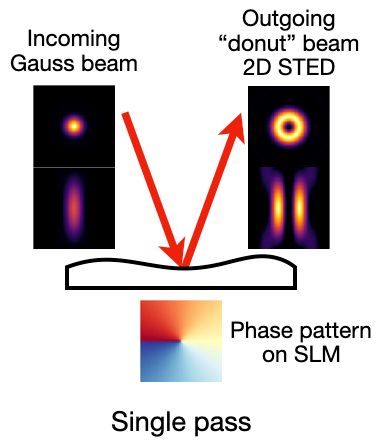
Technical diagram labelled as "single pass". The diagram shows a beampath reflected off an SLM once. The helical vortex phase pattern is shown beneath the SLM using a false color image. The incoming beam is labelled as "Gauss" and the two intensity crosssections (xy and xz) are shown. The outgoing beam is labelled as "donut / 2D STED". Also here intensity crossections are shown.
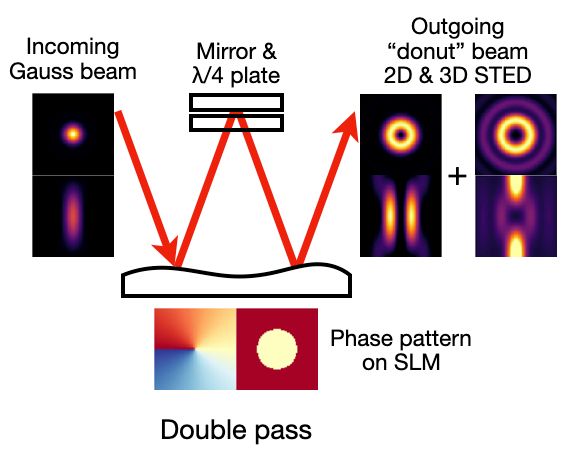
Technical diagram labelled as "double pass". The diagram shows a beampath reflected off an SLM, then passing through a lambda/4 plate onto a mirror, again through the lambda/4 plate and back to the SLM, where it is reflected a second time. Beneath the SLM, a helical vortex phase pattern and a tophead phase pattern are shown as false color images. The incoming beam is labelled as "Gauss" and the two intensity crosssections (xy and xz) are shown. The outgoing beam is labelled as "donut / 2D &3D STED". Both intensity cross sections for 2D and 3D STED are shown.
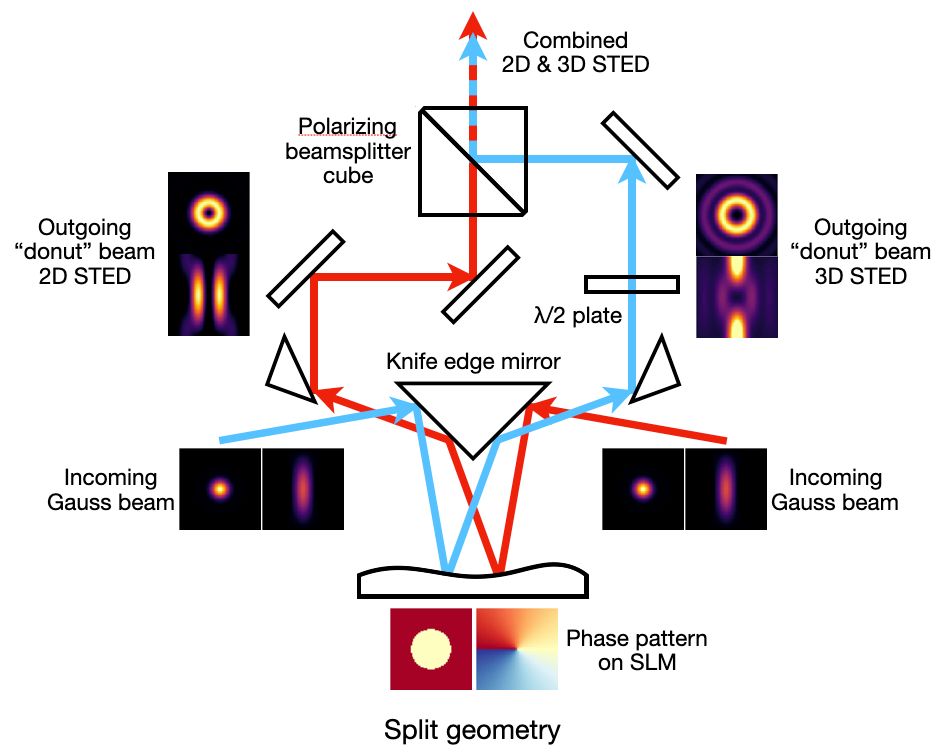
Technical diagram labelled as "split geometry". The diagram shows two complicated beampaths, one in red, one in blue. Both are reflected off the same SLM, separated by a triangular knife edge mirror and recombined using a polarizing beamsplitter. Like in the other two diagrams, the helical vortex phase pattern and a tophead phase pattern are shown as false color images beneath the SLM. The incoming beams are labelled as "Gauss" and the two intensity crosssections (xy and xz) are shown. The outgoing beams labelled as "donut / 2D STED" and "donut / 3D STED", respectively. Both intensity cross sections for 2D and 3D STED are shown.
The control suite supports different optical geometries:
- single pass
- double pass, where the beam bounces off the SLM twice to imprint two phase patterns (on orthogonal polarisations)
- split, where each half controls independent beams, to be recombined after the SLM (or not)
15.01.2025 15:31 — 👍 0 🔁 0 💬 1 📌 0
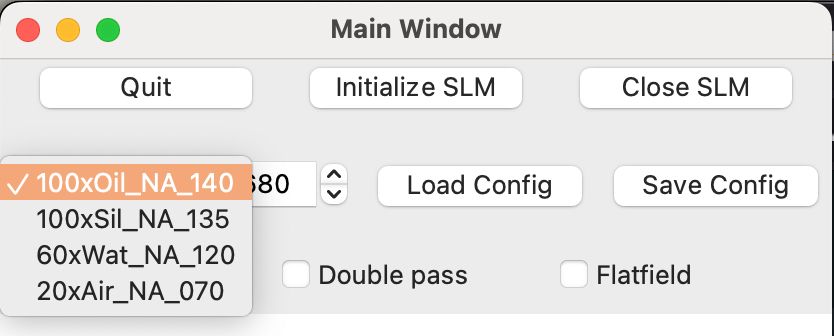
Screenshot of a GUI showing a dropdown, labelled for different typical microscope objectives (100x Oil, 100x Silicon, 60x Water, 20x Air).
To ease your (and my) lives, I calibrated all calculations to accept microscope objective specs, I support swappable objectives & implemented a few typical Nikon options already. Configurations can be permanently stored & retrieved; I am using the human-readable .json format.
15.01.2025 15:31 — 👍 0 🔁 0 💬 1 📌 0
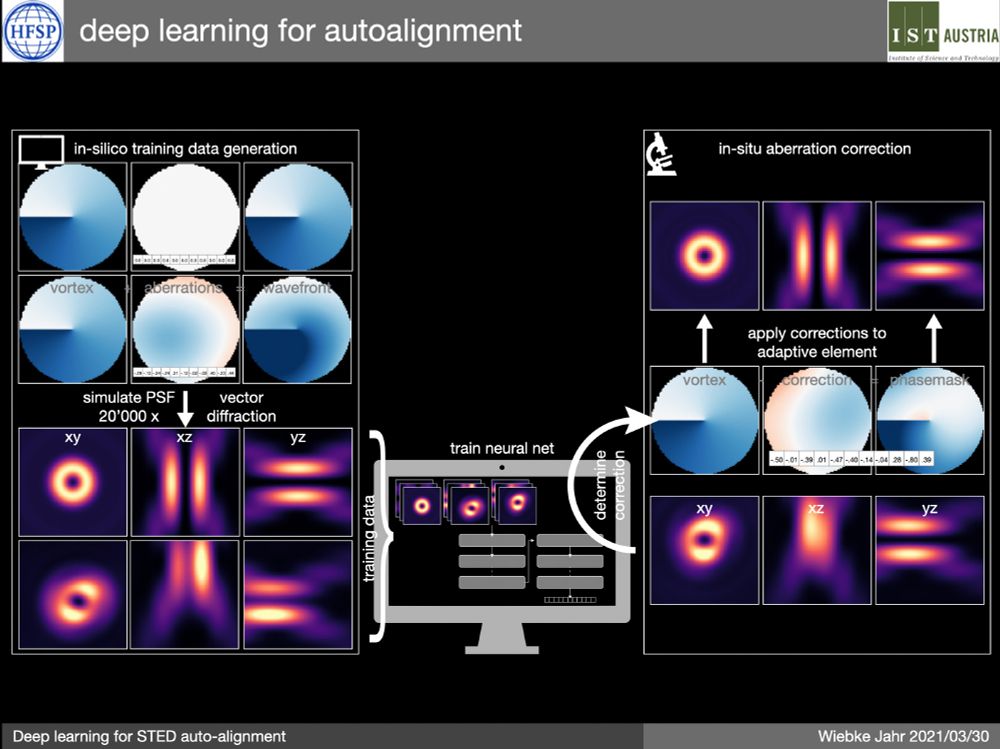
Presentation slide showing a workflow for adaptive optics for microscopy. On the left side is the "in silico training data generation", showing the phase patterns and simulated intensity distribution. In the middle is a PC screen pictogram with a stylized neural net, labelled as "train neural net". On the right side is the "in-situ aberration correction", showing again the phase patterns and intensity distributions, but this time as they would be displayed in the microscope.
Simulated mode is perfect for testing with no hardware attached!
Me & intern Hope McGovern used it extensively to train a neural net to recognize aberrations, with the goal to auto-align the real microscope.
I presented the results at FOM2021:
www.focusonmicroscopy.org/past/2021/PD...
15.01.2025 15:31 — 👍 0 🔁 0 💬 1 📌 0
The SLM control suite integrates easily into bespoke microscopes, treating the SLM as an external display. Commercial systems (eg @Abberior) connect via API. The “simulated microscope” (not yet in master branch) calculates the focal intensity distribution via vector diffraction.
15.01.2025 15:31 — 👍 1 🔁 0 💬 1 📌 0
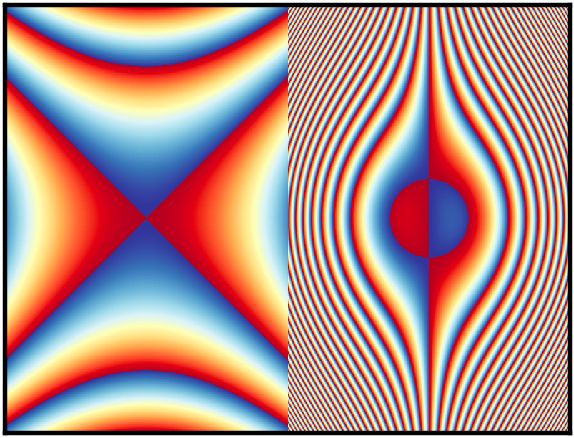
False color image, split in the middle. The left half shows a diagonal cross with lines bent outwards in the quadrants. Right half show an image with two half-circles in the center (red/blue), surrounded by tear-drop shaped lines.

Red/Yellow/Blue false color image with a diagonal oval shape.
Your optics aren't perfect?
The predominant aberration-modes, eg astigmatism (left) or coma (right) are corrected simply by dialing in the respective corrections.
The SLM surface curvature is compensated by uploading the flat-field correction image (provided by the supplier).
15.01.2025 15:31 — 👍 0 🔁 0 💬 1 📌 0
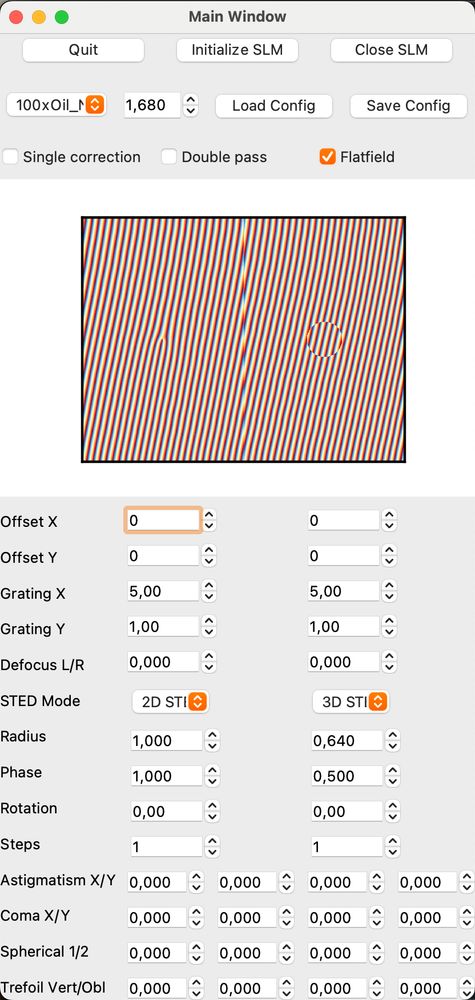
GUI with many numeric controls. In the middle, the phase pattern on the SLM is shown. The pattern is split in the middle. Both halves show a diagonal grid. The left half has a point-singularity in the center, the right half a circle.
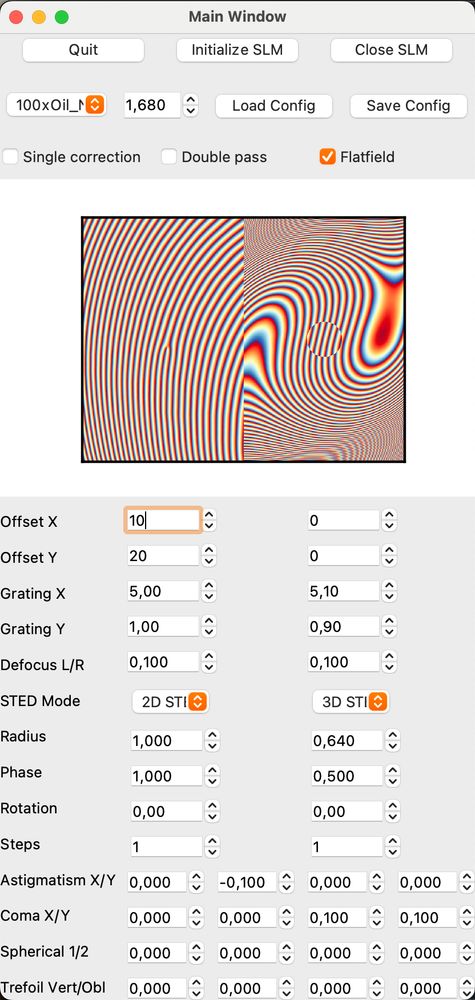
The same GUI. This time, some of the numerical controls are non-zero. The diagonal grid on the left half is bent. The diagonal grid on the right half is heavily distorted.
The GUI gives access to all relevant parameters and displays a preview of the pattern displayed on the SLM.
First screenshot shows “vanilla” setup with 2D STED on left SLM half, 3D STED on right, no corrections. Second screenshot is with some typical corrections applied.
15.01.2025 15:31 — 👍 0 🔁 0 💬 1 📌 0

Four images:
A false color image showing concentric rings of increasing intensity
A heatmap showing more concentric rings, this time with alternating minima and maxima
Two identical heatmaps showing a heavily aberrated PSF
Need more options?
I implemented a code-input dialogue for prototyping and testing, eg with the concentric circles with increasing amplitudes.
Not confident enough to code (yet)?
Just upload your vortex pattern as an image instead & dial in all other corrections via the GUI.
15.01.2025 15:31 — 👍 0 🔁 0 💬 1 📌 0
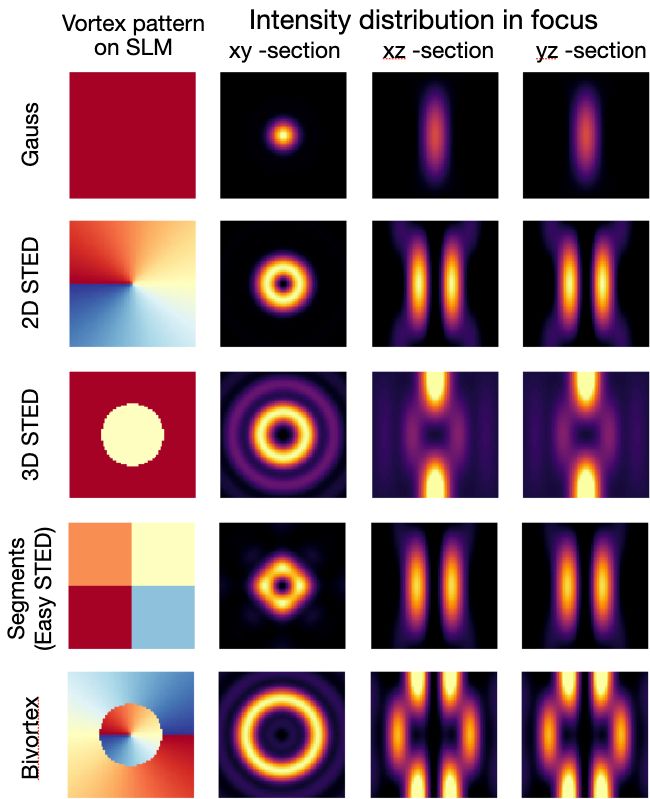
False color images aligned in a grid. The rows are labelled
- Gauss
- 2D STED
- 3D STED
- Segments (Easy STED)
- Bivortex
Columns are labelled as
- Vortex pattern on SLM
- Intensity distribution in focus
-- xy section
-- xz section
-- yz section
The most commonly used vortex patterns can be selected from a drop-down menu.
Images always show the pattern on the SLM and a simulated intensity distribution:
- Gauss ("plain" confocal)
- 2D STED (donut)
- 3D STED (bottle beam)
- Segments (easy STED donut)
- Bivortex (2D + 3D)
15.01.2025 15:31 — 👍 2 🔁 0 💬 1 📌 0
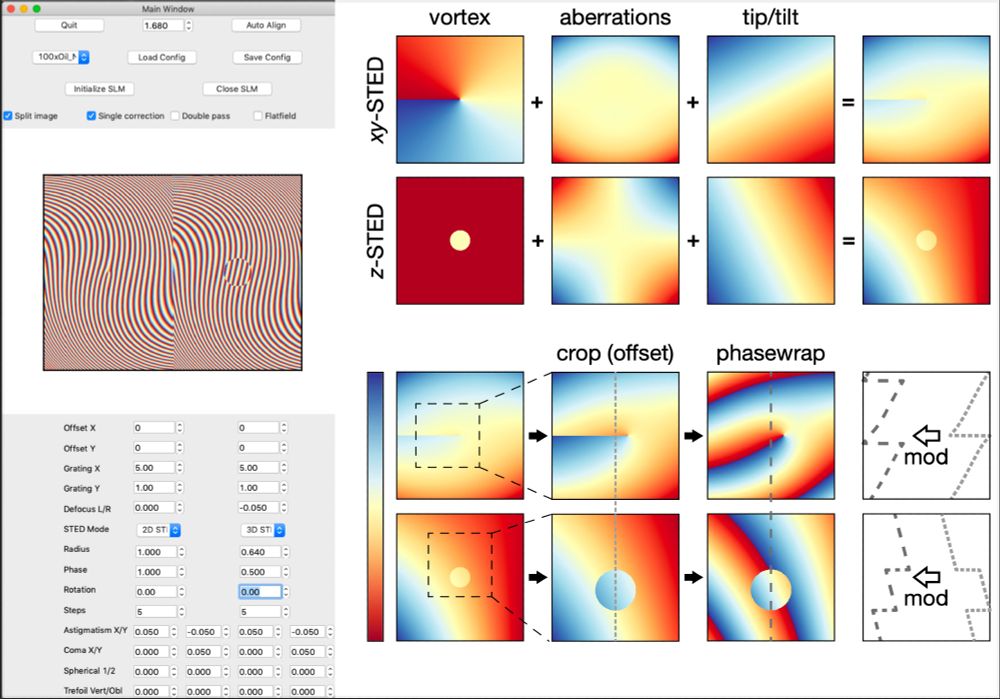
Image showing a GUI with many numeric inputs on the left side and color coded intensity maps, illustrating a workflow, on the right side.
🔬peeps!
I am delighted to finally publish my code for controlling a spatial light modulator (SLM) to perform adaptive optics & to sculpt the vortex beams for STED & MINFLUX microscopy - complete w graphical user interface for easy use!
github.com/wiebkejahr/s...
Short user manual🧵
15.01.2025 15:31 — 👍 45 🔁 10 💬 4 📌 2

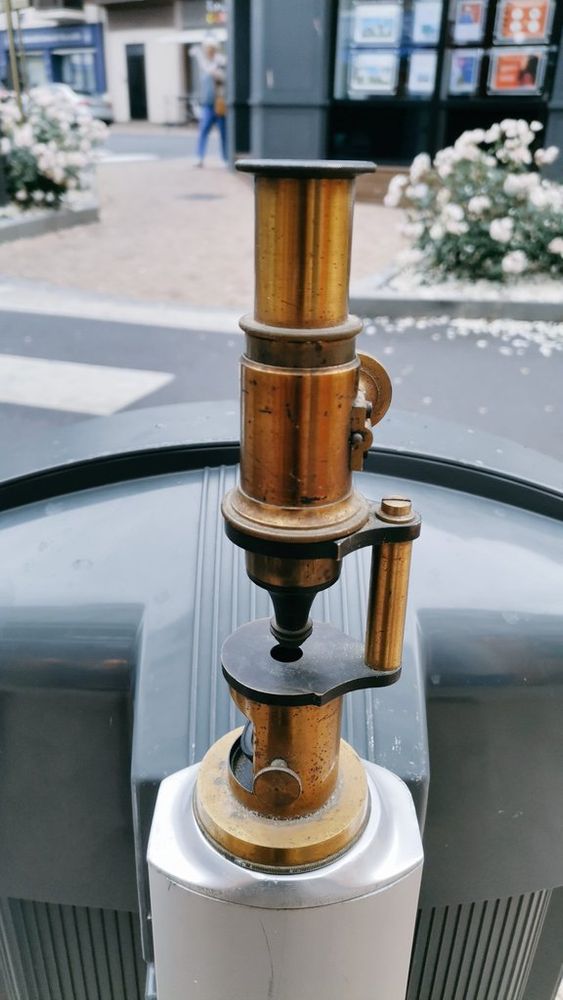
#JOBSEARCH If you are looking for a good old experienced scientist for consulting, copy-editing and all kind of science related jobs. Microscopy, cell biology, harm reduction, blaschka models. Based in France as I am supporting my wife's career and it matters. Please re post, send any offer my way
08.01.2025 11:16 — 👍 46 🔁 57 💬 6 📌 2
🧪 E11 Bio is excited to share a major step towards brain mapping at 100x lower cost, making whole-brain connectomics at human & mouse scale feasible (🧠→🔬→💻). Critical for curing brain disorders, building human-like AI systems, and even simulating human brains.
Read more: e11.bio/news/roadmap
03.12.2024 14:58 — 👍 170 🔁 54 💬 6 📌 34
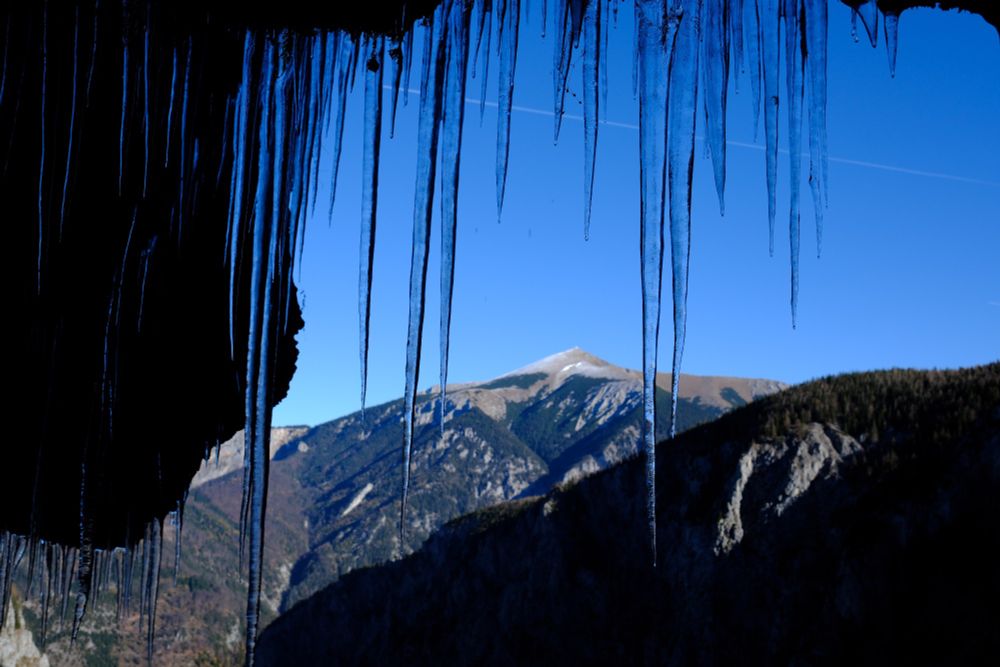
Schneeberg, the highest mountain in lower Austria, beneath a brilliant-blue sky, is seen thru a curtain of icicles.
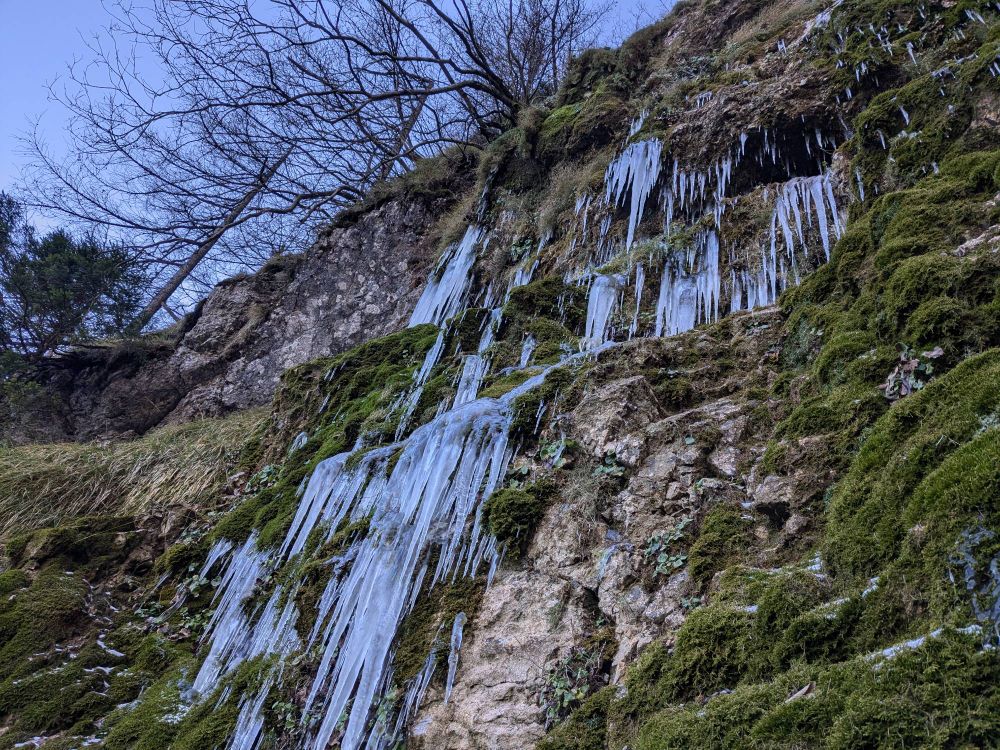
A section of vertical rock-steps, forming stairs. It's covered by moss and a curtain of long icicles. In summer, there would be a waterfall, but it's frozen in place.
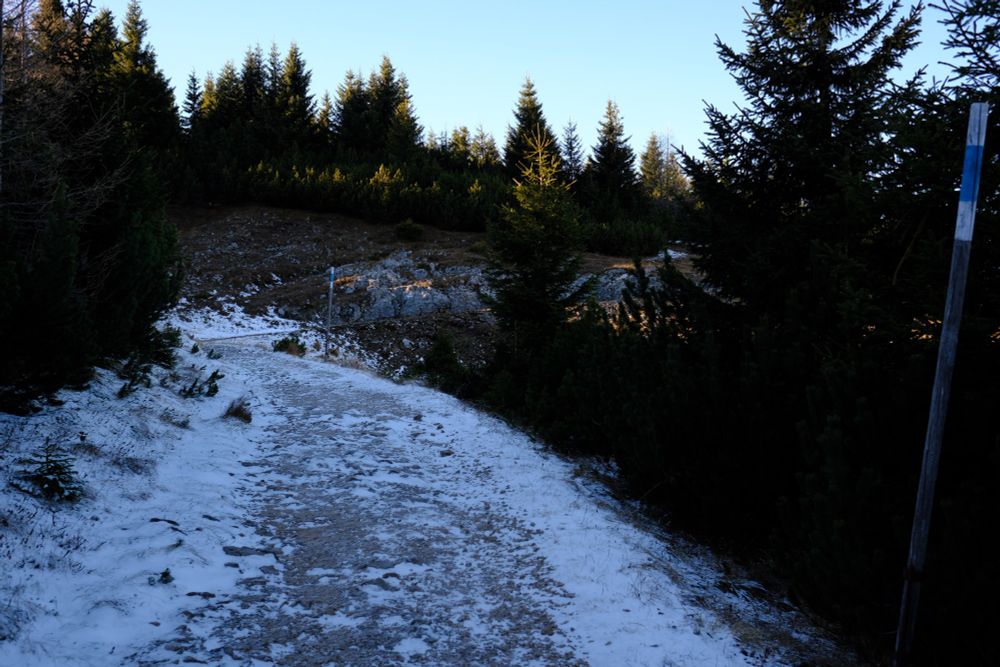
Wide path covered with a very light layer of snow.
Weekend escape from never-ending Viennese winter-fog to sunny Rax.
Super happy to see the first bit of sugar-coating on the mountains ❄️
But the best treat was the frozen waterfall. Simply majestic!
17.11.2024 20:03 — 👍 3 🔁 0 💬 0 📌 0
Still seeking M. Ulder for joint author paper.
Microscopes ✅ cats ✅ combining the two ❌
Lab --> https://www.kcl.ac.uk/research/culley-group
your daily dose of bunnies ⸜(。˃ ᵕ ˂ )⸝♡
Scientist and Maker. Research Fellow at Tyndall National Institute and Munster Technology University. Alumni of BHU, IITD, TU Berlin, University of Exeter.
- scientist @AIC Janelia
- theatre lover
-🇩🇪🇺🇸
Data Visualization & Biomedical Science. PhD in biology, trained in art, Associate Prof
Writes here: https://helenajamborwrites.netlify.app/
🔬🧑💻 Research Associate - Image Analysis Colaboratory @ Harvard Medical School
Interdisciplinary cell biologist fascinated by (extra)cellular mechanobiology in (patho)physiology. Lecturer, Department of Biomedical Engineering @University of Strathclyde & CeMi. Tweets about science & other stuff in which I engage. Views are my own.
Empowering neuroscientists with fiber-based microscopic systems for imaging at any brain depth
CTO at DeepEn, @deepen-imaging.bsky.social
( https://deepen-imaging.com/ )
Computational Biologist interested in functional genomics and phenotypic drug discovery | previously PhD student @dkfz.bsky.social
Microscopist, life scientist, edge detection with soft threshold. Team gestreuselte Schwedenbombe
Medical University Vienna.
Formerly University of Oxford and ISTA.
Biologist by profession, botanist by training, historian by heart. Researching 3D tissue morphogenesis from embryos to organoids
@TIFRscience @mpicbg @ETH @bsse
byakankshajain.blogspot.com
🔬Deputy Lead - Cellular Analysis Facility - Shared Research Facilities MVLS, University of Glasgow.
Fly Geneticist that liked Microscopy - now a Microscopist that likes Genetics.
All views - generally - my own. (He/Him) 🇨🇦🏴
ORCID: 0000-0002-5228-2893
brainwide circuits, animal communication, danionella, microscopy
https://jlab.berlin
Incoming Asst. Prof @ UW-Madison. I study the cell biology of the neuroimmune system using zebrafish. I make pretty pictures. #FirstGen
Microscopist | Biology Imaging Center | Utrecht University
Develops single-molecule imaging tools to gain detailed information about cellular nanoscale structures, dynamics, and molecular mechanisms.
https://gustavssonlab.rice.edu
Science, somewhere down in Texas.
https://www.dean-lab.org
https://thedeanlab.github.io
Professor of Biophotonics at the University of Strathclyde. Develops new optical microscope & Mesolens instrumentation & methods for biomedical imaging 🔬


